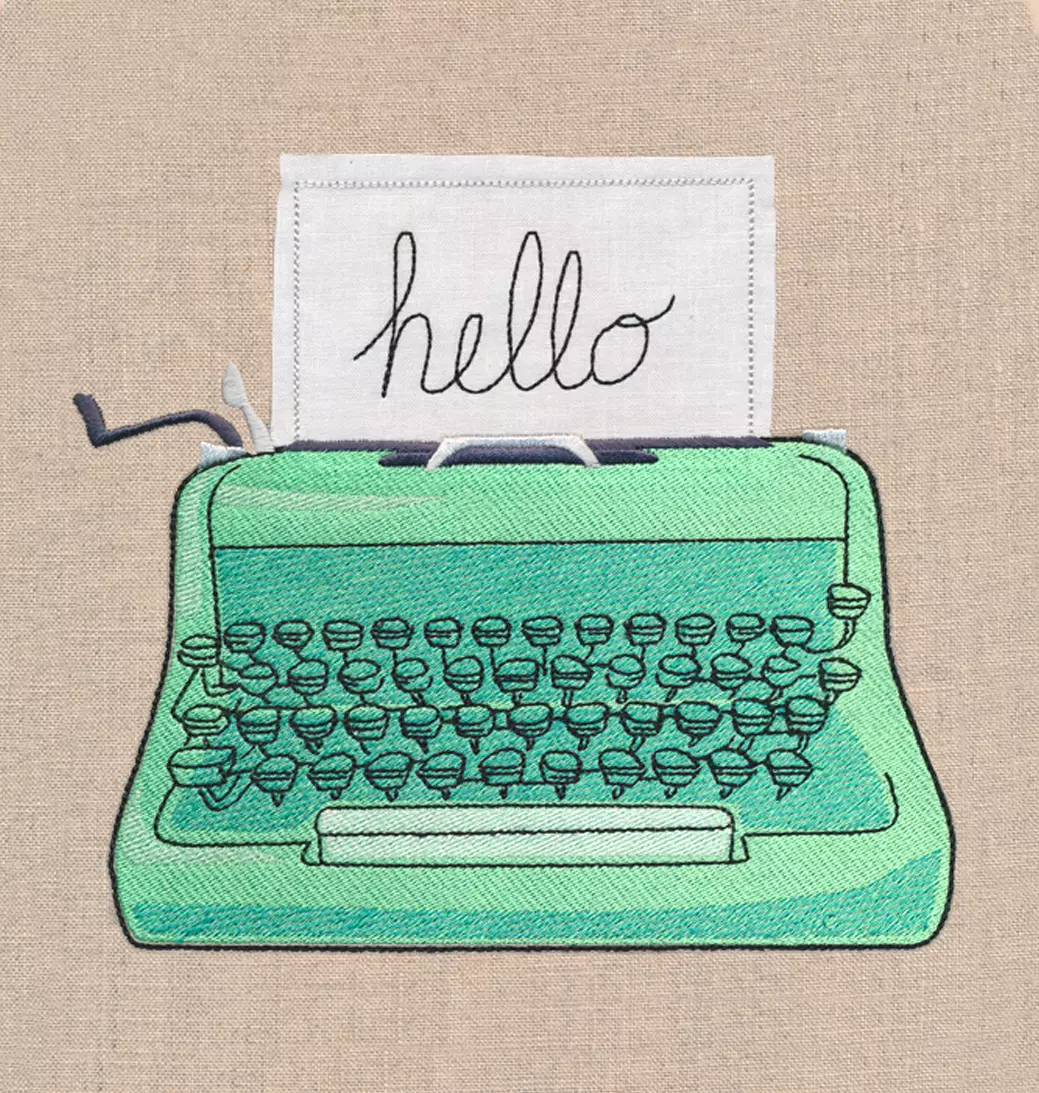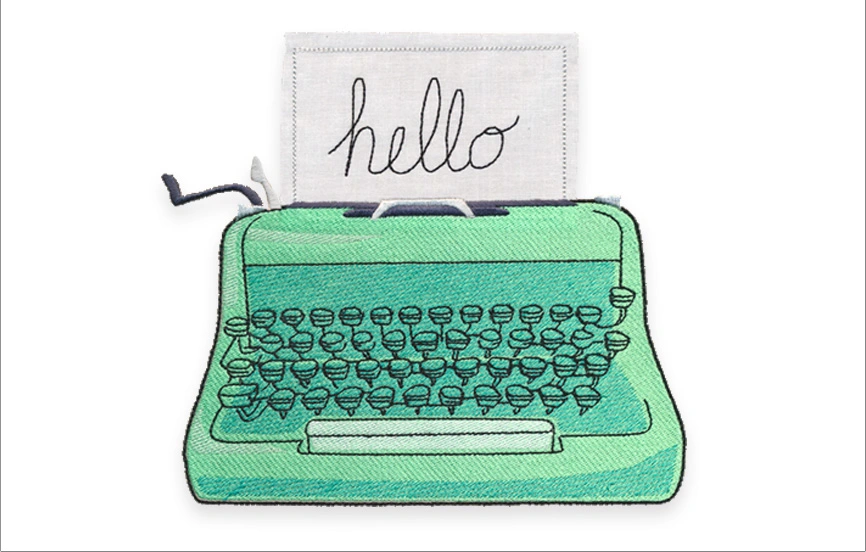Stabilizer is the unsung hero of machine embroidery. It hides on the back of our fabric, and sometimes we take great pains to minimize its appearance in finished projects -- but without it, the chances that our embroidery would turn out looking great are pretty slim indeed. The fabrics hanging in your closet and wrapped around bolts at the fabric store weren't designed with supporting embroidery in mind; it's up to the stabilizer to provide a bit of help. Hey, we could all use some support every now and then!
The main types of stabilizer available are cutaway, tearaway, and water-soluble (and water-soluble's cousin heat-away). Many different brands and weights of each type are available. The suitability of the match between embroidery designs, fabric, and stabilizer can make or break a project. Below we'll take a look at each type and when you might want to use it.
But first, a couple notes:
The recommendations you see here might differ from what you've seen elsewhere -- opinions seem to vary on matters of stabilizer. This is what we've found creates the best results with Urban Threads designs. If you're doing something different and you like the results you're getting, rock on! But if you're running into trouble, give them a try -- perhaps they'll help.
These are very general tips; they don't specifically address every fabric/design/stabilizer in existence. Think of them as guidelines to help you make good matches beween designs, fabric, and stabilizer. There are always going to be judgment calls involved. As always, embroidery is both art and science.
Relatedly: experiment, experiment, experiment! If you're working with a fabric/design/stabilizer combo you're unsure about, give it a test run before using it on your actual project.
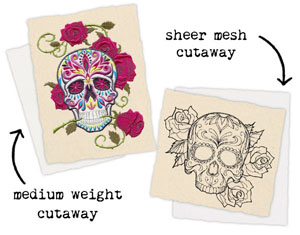
Things to Consider
Design choice will be a major factor in selecting a stabilizer for your fabric.
Stitching a solid stitch-filled design? One with running stitch details that require precise registration? A medium weight cutaway is going to give you the best results.
Stitching a very light, running stitch design? Depending on your fabric, you might prefer to switch to a sheer mesh cutaway, or under certain circumstances, a tearaway.
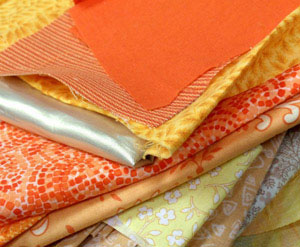
Fabric choice will affect your choice of stabilizer, too. For starters, make sure you're working with a fabric that suits your design...
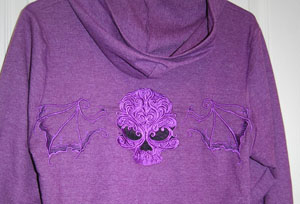
Knit or otherwise stretchy fabrics such as those in T-shirts, sweatshirts, and sweaters will fare better with a cutaway stabilizer than a tearaway. Since these fabrics are stretchy, they can shift around easily, so they rely heavily on the stabilizer to keep everything exactly in place.

Thinner fabrics such as quilters cotton and T-shirt knits will do better with lighter, more open designs -- and this combination may lend itself well to a sheer mesh cutaway.
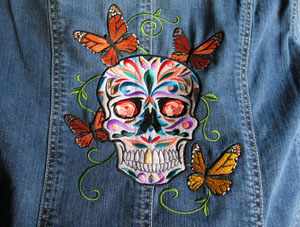
For a design with significant solid stitch-filled areas, choose a somewhat sturdier fabric such as duckcloth, canvas, or denim, and pair it with a medium weight cutaway stabilizer.
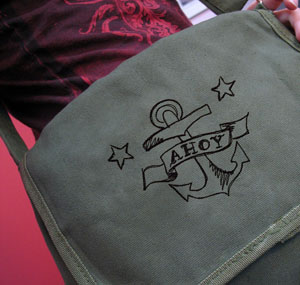
Combining a light-stitching design with a sturdy fabric? We rarely recommend tearaway, but you might do fine with it here.
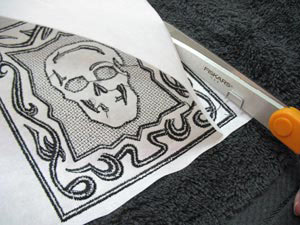
Types of Stabilizer
Cutaway stabilizers, as the name advertises, are meant to be cut away around the edges of the embroidery after it's done stitching. In general, a cutaway will provide stronger support than a tearaway of a similar weight.
Most of the time, we recommend using a medium weight cutaway stabilizer for best embroidery results. It's what we use when we stitch out the samples for every design that you see on the site (except freestanding lace and in-the-hoop projects, to be discussed later).
This stronger support will help prevent all those stitches from "hugging" the fabric together too much -- an effect that can lead to unwanted puckering, shifting, and gapping.
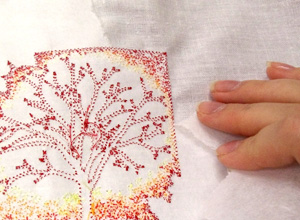
Here's why a cutaway will provide stronger support than a tearaway:
Cutaway and tearaway stabilizers, like felt, are emmeshed fabrics. This means that instead of being woven or knit, the fibers are all meshed together -- hold your stabilizer up to the light to see. This allows them to be strong in all directions.
Since tearaway stabilizers are made to be torn away after stitching, these fibers come apart more easily. As a design is stitching, the tens of thousands of needle perforations can cause this more loosely constructed stabilizer to break down a bit.
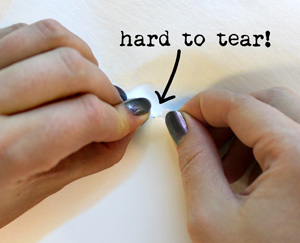
The fibers in a cutaway stabilizer hold on to each other much more tightly -- try tearing one and you'll feel the difference. The increased strength of cutaway stabilizer means that you'll see less shifting and gapping while stitching, and that it'll hold up better through washing and wearing, too.
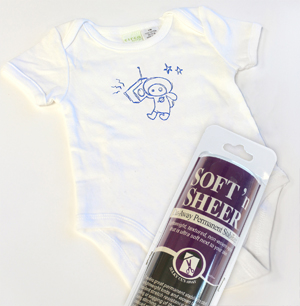
Quality does vary, so shop around -- a nice cutaway stabilizer will be strong as well as soft.
There are also different weights of cutaway stabilizer available. As discussed above, a medium weight cutaway is our go-to choice for many projects. Sheer mesh cutaways, such as Sulky Soft 'n' Sheer and Floriani No Show Mesh, are also available -- these are wonderful matched with lighter designs and thinner fabrics such as quilters cotton or T-shirt knits, where one might worry about the edges of the cutaway stabilizer showing through.
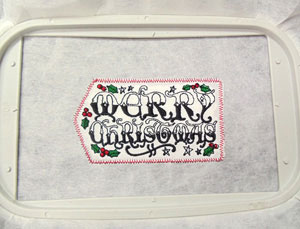
Tearaway stabilizers are, of course, meant to tear away after the design is done stitching. They leave a neater looking back of the embroidery, but as discussed above, their support isn't as strong as that of cutaway stabilizer.
Mostly we recommend tearaway stabilizer for stitching in-the-hoop designs, or perhaps for light, open designs on a sturdy fabric such as denim. It's frequently what makes sense for a running stitch design on a tea towel, too.
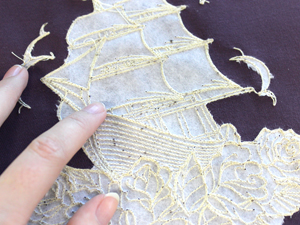
Real talk: Yeah, the cleaner finish of tearaway stabilizer can be pretty nice. Yeah, you might want to use it more than we recommend here. In that case, they key is to experiment and make sure you like the results before using that combination on your actual project. If you're seeing shifting and gapping or other wonkiness, try switching to a cutaway and see if that fixes the problem.
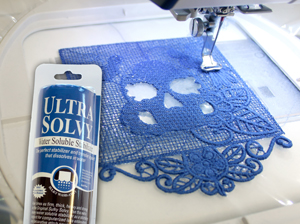
Water-soluble stabilizers have two main uses: as a foundation for freestanding lace, and as a topping for highly textured fabrics.
For freestanding lace designs we recommend a heavy duty water-soluble stabilizer, such as Sulky Ultra Solvy or Badgemaster (which feel like a thick sheet plastic) or Vilene (which is more like a white fabric). If you're seeing gaps in your lace, try switching to one of these stabilizers. This tutorial has more tips on stitching and troubleshooting freestanding lace.
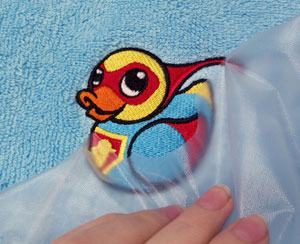
If you're stitching fabrics with a texture or pile, such as terrycloth or sweater knits, using a water-soluble stabilizer on top of the fabric can help keep it from showing through the stitches. A lighter water-soluble stabilizer such as Sulky Solvy works well for this. Hoop it together with the fabric and backing stabilizer.
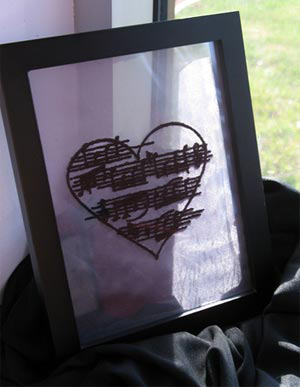
Another use for water-soluble stabilizers is stitching a light, open design on a sheer (but sturdy) fabric such as organza. As with freestanding lace, choose a heavy duty water-soluble stabilizer such as Sulky Ultra Solvy, Badgemaster, or Vilene. Use a bit of temporary spray adhesive to stick the two smoothly together, then hoop them together.
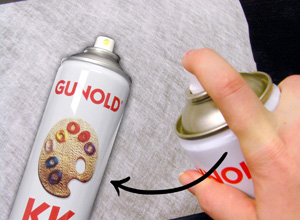
We like to use a bit of temporary spray adhesive (Gunold KK100 is our pick) to attach stabilizer to the back of the fabric, for a bit of added stability. There are also adhesive-backed stabilizers available which will achieve the same effect.
One layer of a good quality, appropriate stabilizer will give better results than multiple layers of a lesser stabilizer. If you find yourself using two layers of a stabilizer, try switching to something heavier.

Stabilize your designs only with products that are specifically labeled as stabilizer for embroidery. While we've heard rumors of things like paper towels, dryer sheets, and coffee fitlers being used as stabilizer (don't do this), a more common non-stabilizer stabilizer is interfacing meant for sewing projects. Interfacing is great stuff, but it's not designed to support all those stitches. Stick to the "official" embroidery stabilizers and you'll see bettter results.

